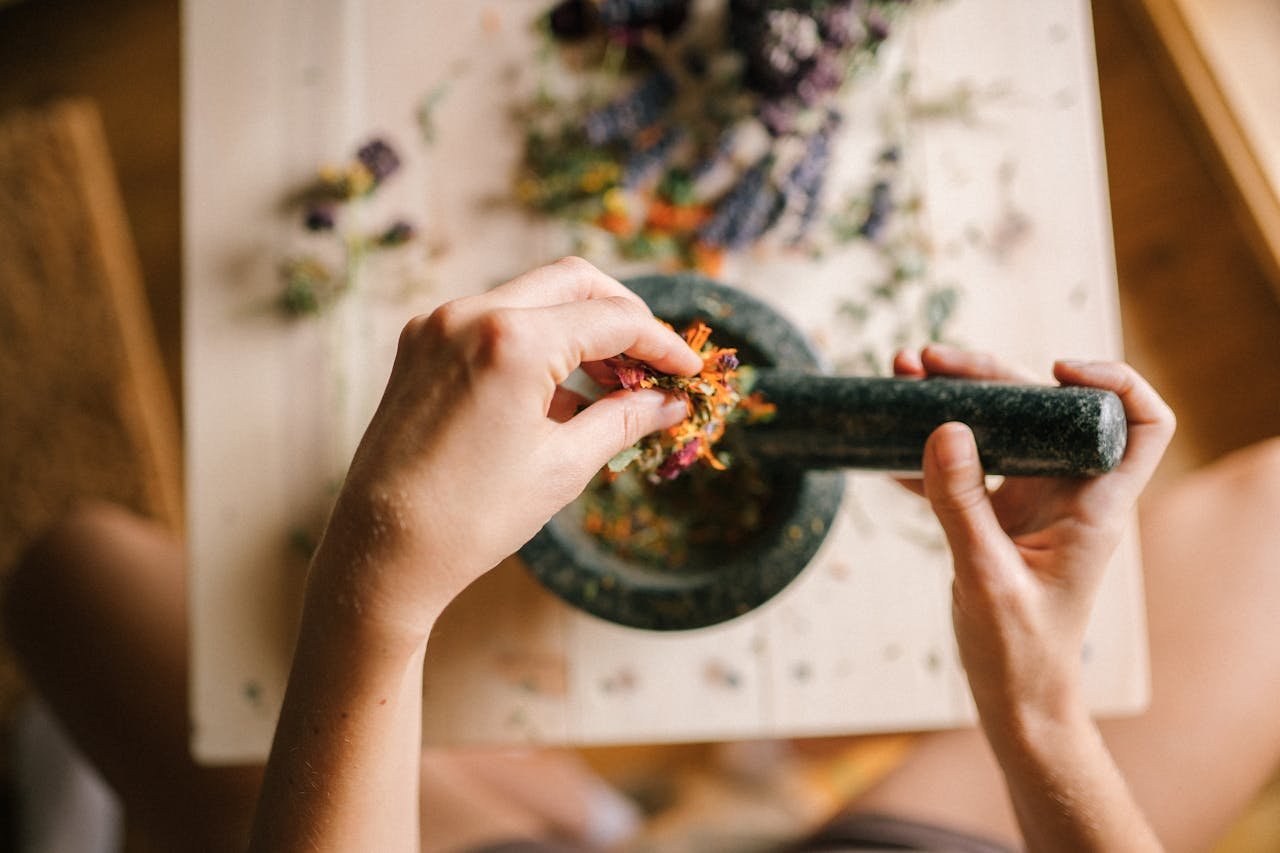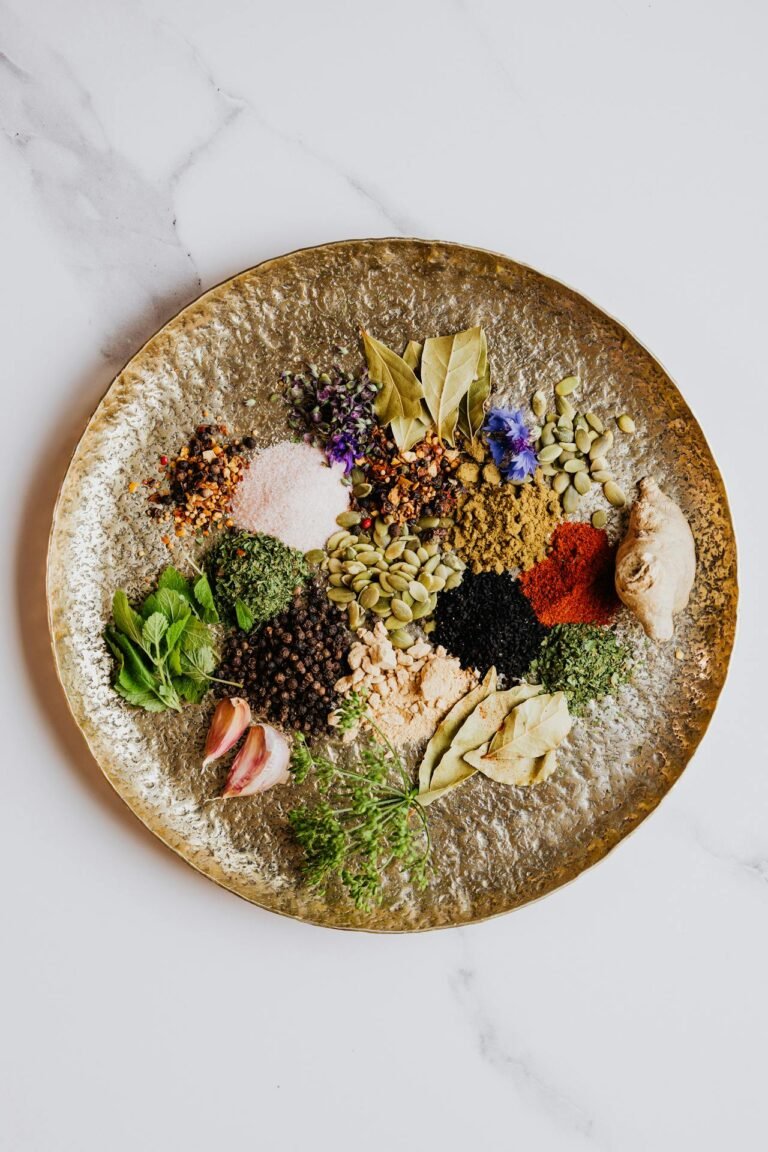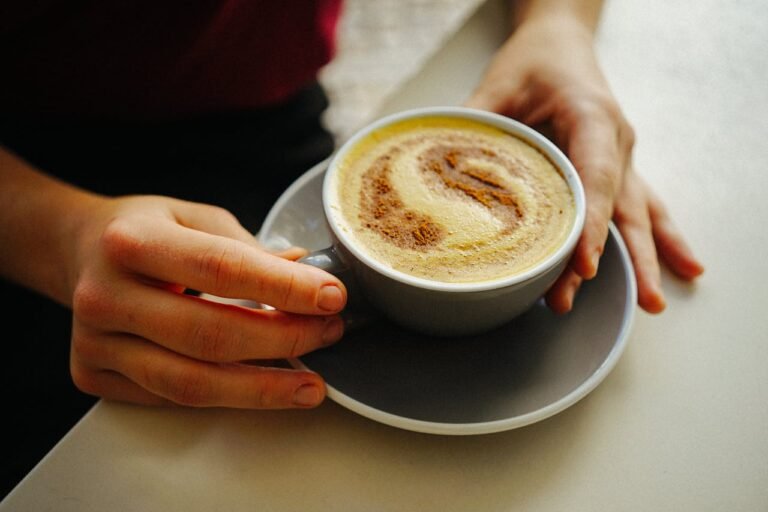Spices vs. Herbs: What’s the Difference and How to Use Them?
Spices vs. Herbs
If you’ve ever found yourself standing in the spice aisle wondering, “Wait, what’s the difference between spices and herbs?” — you’re not alone. Many home cooks, even seasoned chefs, sometimes mix them up. Yet, understanding the difference is key to mastering flavor and cooking with confidence.
In this guide, we’ll break down the basics, show you how to use both to transform your meals, and share tips that’ll make your pantry a powerhouse of flavor.
What Are Herbs and Spices?
The Botanical Breakdown
- Herbs are the leaves of plants, typically from temperate climates, used fresh or dried. Think basil, parsley, and thyme.
- Spices come from other parts of the plant — seeds, bark, roots, buds, or berries — often from tropical regions. Examples include cinnamon (bark), cumin (seeds), and ginger (root).
Quick Table Comparison
| Feature | Herbs | Spices |
|---|---|---|
| Plant Part Used | Leaves | Seeds, bark, roots, berries |
| Typical Climate | Temperate | Tropical |
| Form Used | Fresh or dried | Usually dried and ground |
| Common Examples | Basil, Rosemary, Cilantro, Mint | Cinnamon, Nutmeg, Black Pepper |
| Flavor Profile | Fresh, grassy, mild | Warm, pungent, sweet, spicy |
Why Does This Matter in Cooking?
How and When to Use Herbs
- Fresh herbs are delicate and best added at the end of cooking or as a garnish to preserve their vibrant flavor.
- Dried herbs have a more concentrated flavor and are great for slow-cooked dishes like stews, soups, and roasts.
How and When to Use Spices
- Spices usually need heat and time to release their complex flavors, so they’re often added at the start of cooking or toasted to bloom their oils.
- Some spices like black pepper are versatile and can be used both during cooking and at the table.
Flavor Profiles and Pairing Ideas
Popular Herbs and What to Pair Them With:
- Basil: Perfect with tomatoes, mozzarella, pasta, and pesto
- Rosemary: Great for roasted meats, potatoes, and bread
- Cilantro: Ideal for Mexican, Indian, and Southeast Asian dishes
- Thyme: Works well in soups, stews, and poultry
Popular Spices and Their Uses:
- Cinnamon: Sweet desserts, spiced drinks, and savory Middle Eastern dishes
- Cumin: Curries, chili, Mexican dishes, and roasted vegetables
- Turmeric: Curries, rice dishes, and health tonics
- Paprika: Adds smoky sweetness to BBQ, eggs, and stews
Fun Fact: Some Plants Are Both!
Did you know coriander is a spice and herb? The fresh leaves are called cilantro (herb), while the seeds are coriander (spice). Both bring unique flavors and are used differently in cooking!
Practical Tips for Using Herbs and Spices Like a Pro
1. Store Smart
Keep dried herbs and spices in airtight containers away from heat and light. Fresh herbs last longer if wrapped in damp paper towels inside the fridge.
2. Use Fresh When Possible
Fresh herbs add brightness and freshness that dried versions can’t fully replicate. Try growing your own herb garden for easy access.
3. Toast Your Spices
Lightly toast whole spices like cumin or coriander seeds in a dry pan before grinding to unlock deeper flavors.
4. Balance Flavors
Combine herbs and spices thoughtfully. For example, thyme and rosemary with garlic and black pepper create classic savory notes.
5. Don’t Overdo It
Start with small amounts, especially with potent spices like cloves or cayenne pepper — you can always add more, but you can’t take it out!
Quick Recipe to Try: Herb-Spiced Roast Chicken
Ingredients:
- 1 whole chicken
- 2 tbsp fresh rosemary, chopped
- 2 tbsp fresh thyme, chopped
- 4 garlic cloves, minced
- 1 tsp paprika
- Salt and pepper
- Olive oil
Instructions:
- Preheat oven to 375°F (190°C).
- Mix rosemary, thyme, garlic, paprika, salt, and pepper with olive oil.
- Rub the herb-spice mixture under the skin and all over the chicken.
- Roast for about 1 hour 20 minutes or until the internal temperature reaches 165°F (74°C).
- Let rest before carving and enjoy the aromatic blend!
Why Mastering Both Herbs and Spices Elevates Your Cooking
When you know how to wield both herbs and spices, you unlock endless flavor possibilities. Herbs bring fresh, bright notes, while spices add warmth, depth, and complexity. Together, they let you customize every dish, making your cooking uniquely yours.



